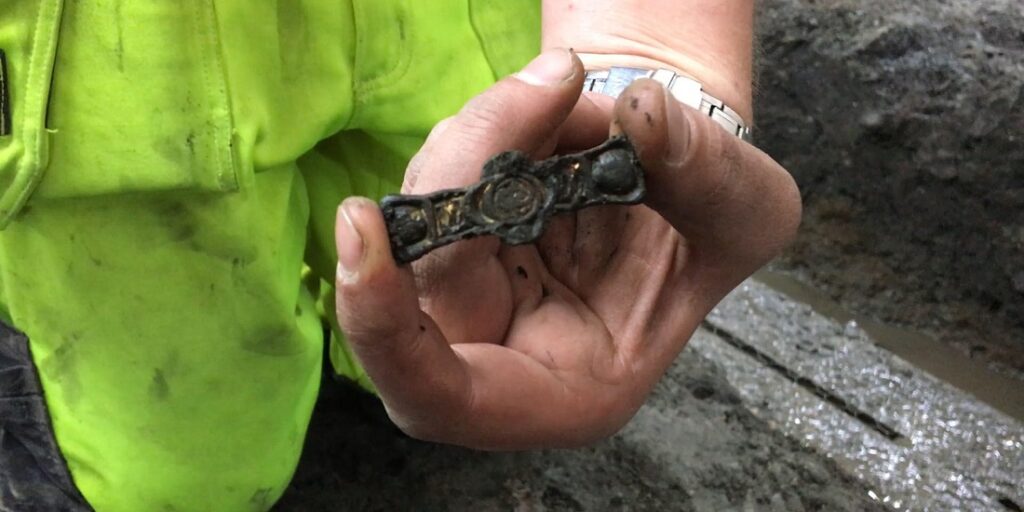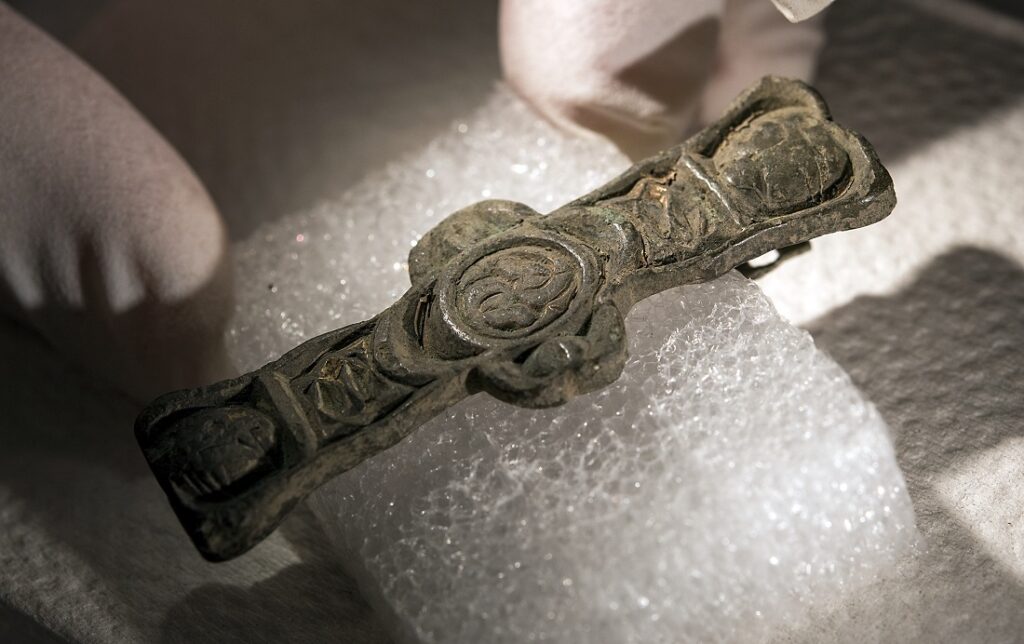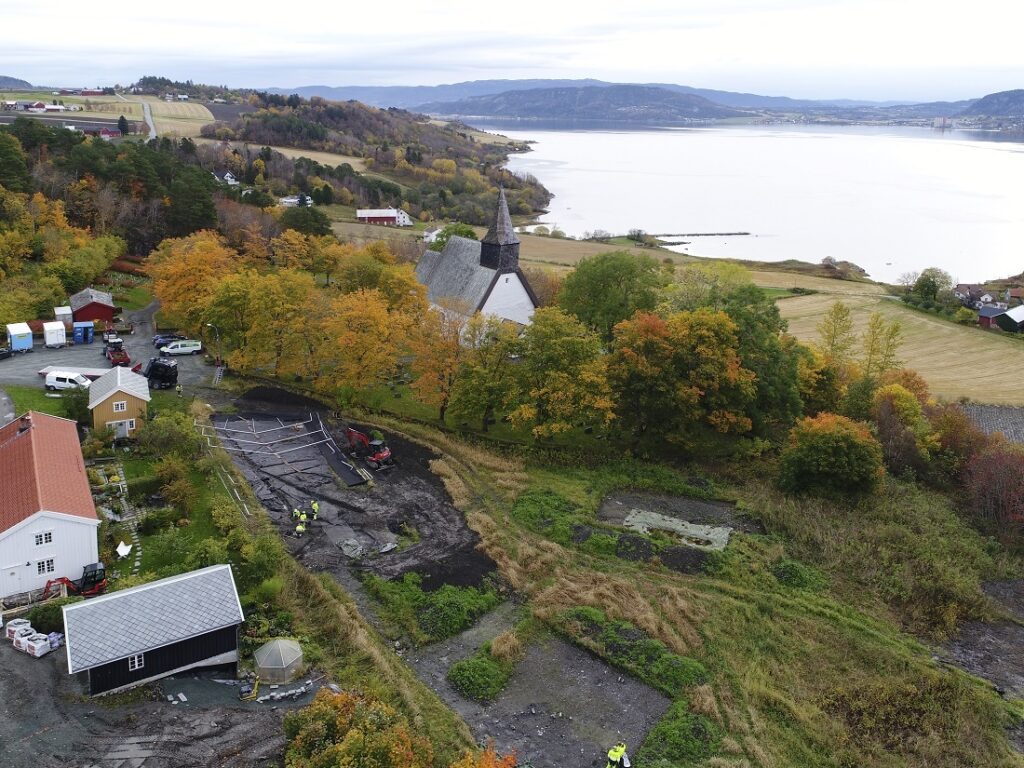New archaeological findings show that Vikings “imported” from the Celts

Archeologists expected beer or other brewing materials to be found, but they found something more valuable.
It was supposed to be a simple, routine expansion work at Byneset Cemetery, adjacent to the medieval Steine Church in Trondheim, Norway.
As in several other European countries, Norwegian law requires archeological studies to precede such works — and in this case it paid off in spades.
Archaeologists have discovered a trove of Viking artifacts, including one which is of a foreign origin: they come from Ireland, researchers say.
Jo Sindre Pålsson Eidshaug and Øyunn Wathne Sæther, both research assistants at the Norwegian University of Science and Technology’s (NTNU) University Museum, say that what really drew their attention was a small brooch — a Celtic, gold-plated silver fitting from a book.
“This is a decorative fitting,” Eidshaug said of his discovery. “It almost looks like it’s gilded. It’s a kind of decorative fitting, I would guess.”

It might have been part of a bigger, religious ensemble, or a stand-alone book fitting. Right now, any such claims are little more than speculation. But what’s interesting is how it got there.
It’s no secret that Vikings roamed Europe’s seas, plundered the coast of England for centuries. Crossing over to Ireland, while not easy, was certainly possible for the skilled seamen. But even so, finding Celtic items in Viking sites is not common, with only a few similar sites previously discovered.
In archaeology, this is technically called an import. It doesn’t necessarily mean that it was bought or traded for, and again — taking into consideration the well-known habits of the Vikings.
“Someone very politely called this an Irish import, but that’s just a nice way of saying that someone was in Ireland and picked up an interesting item,” said museum director Reidar Andersen, who was also at the site.
This isn’t to say that the item was definitely stolen. Whether or not the Vikings’ voyages to Ireland were peaceful or not is anyone’s guess right now.
“Yes, that’s right. We know that the Vikings went out on raids. They went to Ireland and brought things back. But how peacefully it all transpired, I won’t venture to say,” he said.

The site itself holds great promise for the future. Archaeologists also came across a belt buckle, a key, and a knife blade, so they have high hopes for upcoming digs.
The church itself dates from the 1140s and used to be connected to a large, old farm estate from the time of the Vikings, which will also be studied next year.
Source: heritagedaily





